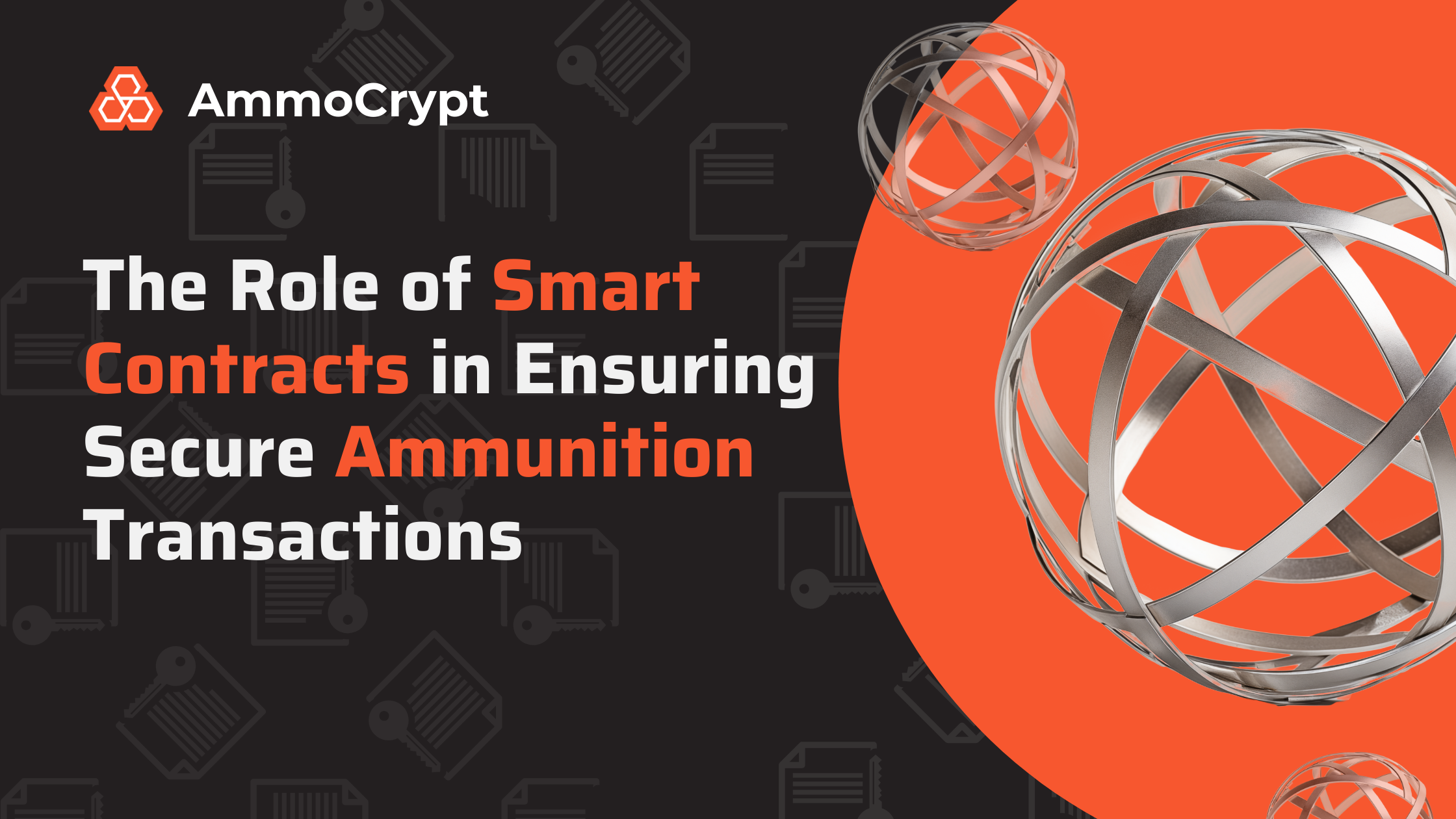With recent growth trends and evolving demands, the military ammunition market has become a focal point for industry players worldwide. Garnering a staggering $57.89 billion in 2019 alone, this market is projected to maintain a robust growth trajectory – with a 5.40% CAGR from 2020 to 2025, fueled by increasing military expenditures and the persistent threat of global security challenges.
Particularly noteworthy is the rising significance of real-world assets (RWA) in this domain, recently added to the arsenal of defense solutions. One advantage of RWA is its ability to enhance operational effectiveness and provide tailored solutions to combat modern security threats. Before we explain how to invest in guns, let’s review the global ammunition market.
What are the military budgets for different countries?
As geopolitical tensions rise and global security threats persist, the demand for effective munitions has never been higher. From emerging markets in the Asia-Pacific, Middle East, and Africa regions to established players like BAE Systems and Lockheed Martin Corporation, the race to develop cutting-edge ammunition systems is on.
Budgets for many nations include a sizable amount for military spending, which varies from country to country. The United States outspends the combined military budgets of the next 11 countries with $876.9 billion allocated to the military, showcasing its significant investment in defense. China is the next biggest spender, with $292 billion spent on the military. China’s military budget is followed by Russia’s $86.4 billion. India and Saudi Arabia complete the top five with budgets of $81.4 billion and $75 billion, respectively.
Notably, the top five nations contribute to around 60% of global military expenditure. Recent trends show increased military spending by the United States and China over the past decade, while countries like Germany and Canada have responded to global events by boosting their defense budgets. Conversely, Japan has reduced its military expenditure. This allocation of resources often mirrors a nation’s objectives and diplomatic ties. Military spending remains a significant component of many countries’ budgets, reflecting ongoing strategic priorities.
Here is the list of countries’ military spendings and the share of their GDP in an image below:
The largest suppliers and exporters of ammunition
Global military spending reached $2.2 trillion in 2022, a rise of eight years. A portion of the funds went into buying weapons, but which nations are the main suppliers of weapons, and how do they affect the world arms trade?
According to Stockholm International Peace Research Institute data, you can see the top 10 nations with the largest percentage of arms exports worldwide (SIPRI). As the largest supplier of weaponry, the United States will account for 40% of all international arms transfers between 2018 and 2022. Saudi Arabia received about one-fifth of these exports, with Japan and Australia receiving sizable portions (8.6% and 8.4%, respectively). The largest weapons exporters are listed here, ranked by percentage of total volume sold in 2018–2022 and any changes from 2013–2017 trends.
Source: data from SIPRI and visual map from Johnny Harris
The ammunition market boasts a diverse segmentation, spanning small ammunition products, end-use applications, and global regions. This market is impacted not only by the rise in defense expenditure, non-uniform regulatory landscapes, and the proliferation of illicit ammunition trade; there are also supply chain disruptions, civilian pursuits in hunting and sports, and regulatory constraints on ammunition sales and ownership that further shape the trajectory of this dynamic sector.
Roughly 42% of American households owned one or more firearms in 2023. More than any other nation in the world, the United States places a high value on firearms in its culture. Guns have acquired symbolic significance beyond their apparent tangible power ever since the right to bear arms was established in the US Constitution’s second amendment. Even while many Americans take great pride in owning guns, there is a sizable movement in the nation opposing the freedoms granted to people who own these potentially lethal weapons.
Source: Statista
Major players in the global ammunition market are Northrop Grumman Corporation, Olin Corporation, Nammo AS, RUAG (RUAG Ammotec), Vista Outdoor Inc., and Hanwha Corporation, among others. These companies are actively engaged in strengthening their market presence through strategic initiatives like contracts, agreements, acquisitions, partnerships, and continuous research and development efforts to enhance their product portfolios and gain access to advanced technologies.
Limitations of Traditional Ammunition Ownership
The belief held by federal agencies that conservatives, or “domestic extremists” pose the biggest threat to the nation has been expressed again and time again. Instead of concentrating on foreign terrorism, they want to use the bureaucratic structure to target constitutionally-minded Americans. As the government’s concerns mount, the terms “patriot rebellion” and “civil war” have been brought up more frequently in the establishment media. The AMMO Act permits the A.T.F. to make arbitrary decisions about the sale of ammunition while classifying ammunition in the same category as weapons. Legislators opposed to guns have long attempted to erode the Second Amendment by using ammunition purchases as a cover.
Legislation passed in 1976 exempts ammunition from being governed and supervised by the U.S. Consumer Product Safety Commission, adding to worries regarding public safety. 26 U.S.C. § 4181 lists pistols, revolvers, guns, ammunition, shells, and cartridges as among its prohibited items. Both ammunition producers and users have suffered injuries and even lost their lives as a result of the overall lack of monitoring surrounding munitions production. Gun owners must rely on sharing information about the risks and best practices for buying ammunition with one another to bridge the supervision gap left by federal agencies. Online discussion boards can tell you about voluntary ammo recalls and the best ways to purchase ammunition at gun fairs.
Tokenized ammo: its core functions
Recently, a few asset classes have gained significant attention. The integration of blockchain projects and cryptocurrencies has gained significant traction. The recent approval of a bitcoin ETF will only increase public awareness of and interest in blockchain and cryptocurrency projects.
Real-world assets, or RWAs, are now frequently tokenized assets. Examples include real estate, US Treasury securities, precious metals, artwork, and almost any other physical asset. Before moving the conversation to AmmoCrypt and the special value it offers investors, let’s quickly review RWAs as an asset class.
Focusing on tokenizing small weapons ammunition, AmmoCrypt enters a field that is distinct and frequently challenging for outsiders. Since it is against the law for many international traders to possess weapons and ammunition, they are effectively shut out of the market.
The rise of AmmoCrypt: a case study in innovation
AmmoCrypt is a possible disruptor due to several outside causes and the actual world reserves we are still creating and providing.
The ammunition industry is generally beset by supply and demand problems; vendors usually have predetermined manufacturing schedules and depend on lengthy government budgeting and procurement processes. Following accommodations for anticipated demands from the government procurement market, production is distributed to the consumer market. Governmental demand frequently spikes at times of high demand, typically caused by foreign conflicts or other domestic political issues inside a country. This approach needs more products for consumers.
Source: CSIS via AmmoCrypt
AmmoCrypt keeps increasing its reserve stock of ammo by tokenizing it, even during high and low supply times. During times of high demand, holders of AmnoCrypt Kaliber Tokens won’t have to worry about ammunition supply because they can easily exchange their tokens for the appropriate ammunition kept in our reserves.
AmmoCrypt will redeem the tokens and send the ammo to the user, assuming you have completed the KYC process and meet the requirements for physical delivery.
Ultimately, AmmoCrypt sets itself apart from other blockchain initiatives and tokenized RWAs via a few distinct strategies. We have selected a market that experiences large influxes and is frequently challenging for outsiders to participate in since we are a tokenized munitions ecosystem.
Final thoughts
In conclusion, it becomes evident that military budgets are huge due to the constantly growing need for ammunition used for different purposes. The homeownership part of the ammunition budget is also growing every year. This situation has occurred due to changes in legislation caused by proposals and requests from citizens. This poses a clear opportunity for investing in guns and ammunition.
However, there are still troubles in storing and trading ammunition, especially cross-border. With crypto, there is a simpler way called ammo tokenization. If the user satisfies the requirements for physical delivery and has finished the KYC process, AmmoCrypt will update the tokenized assets platform and send the ammunition.



